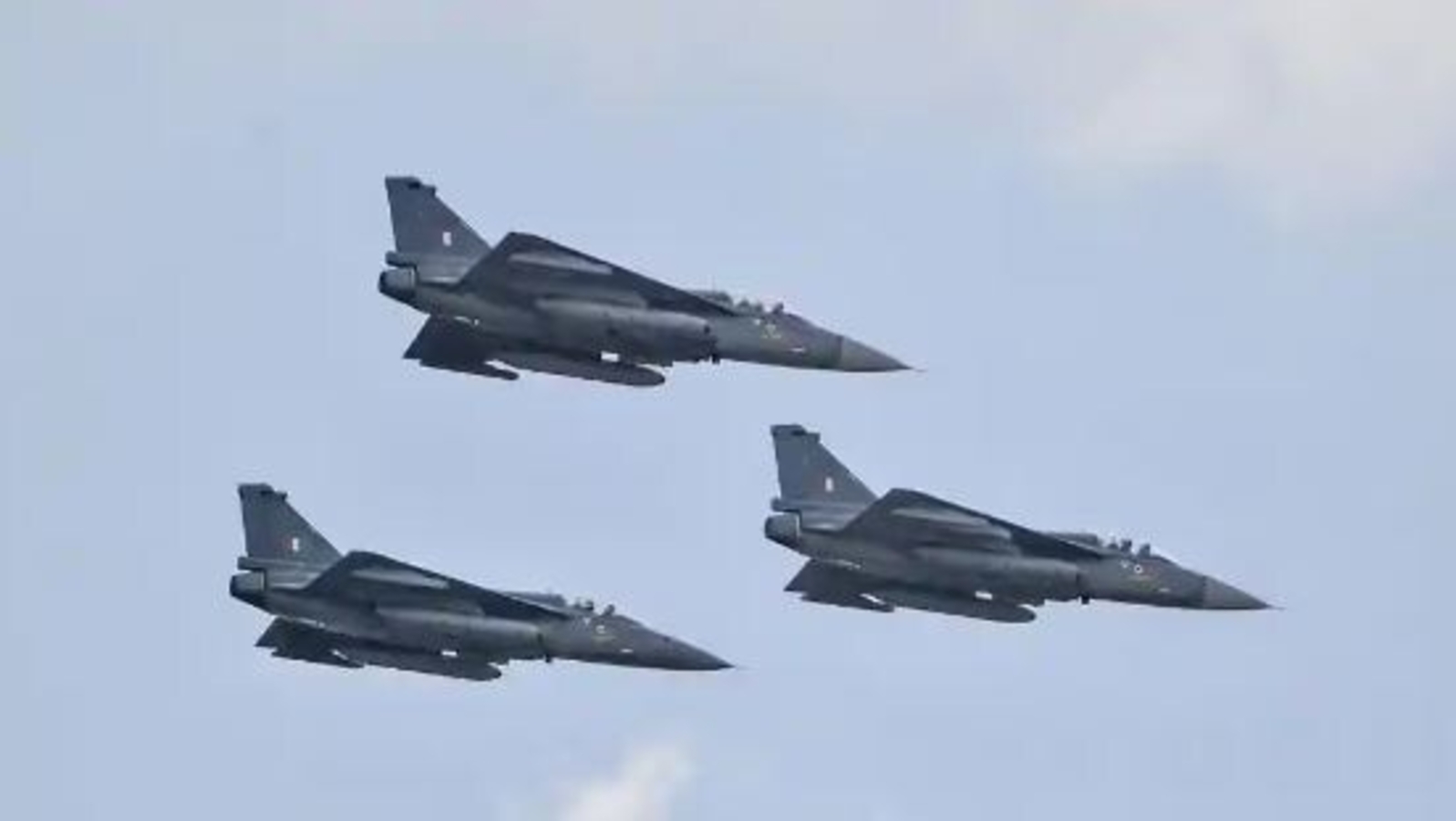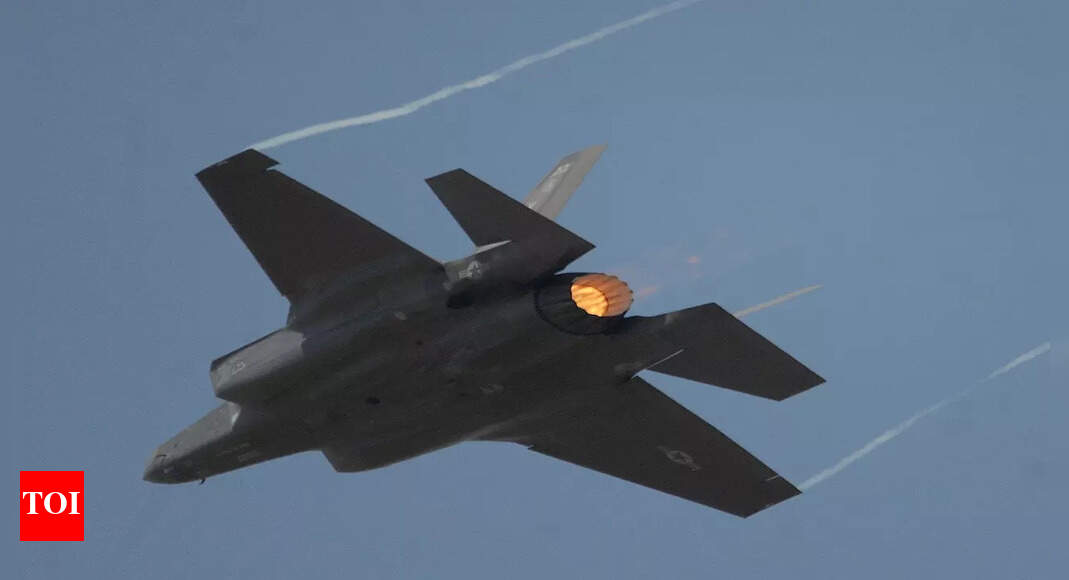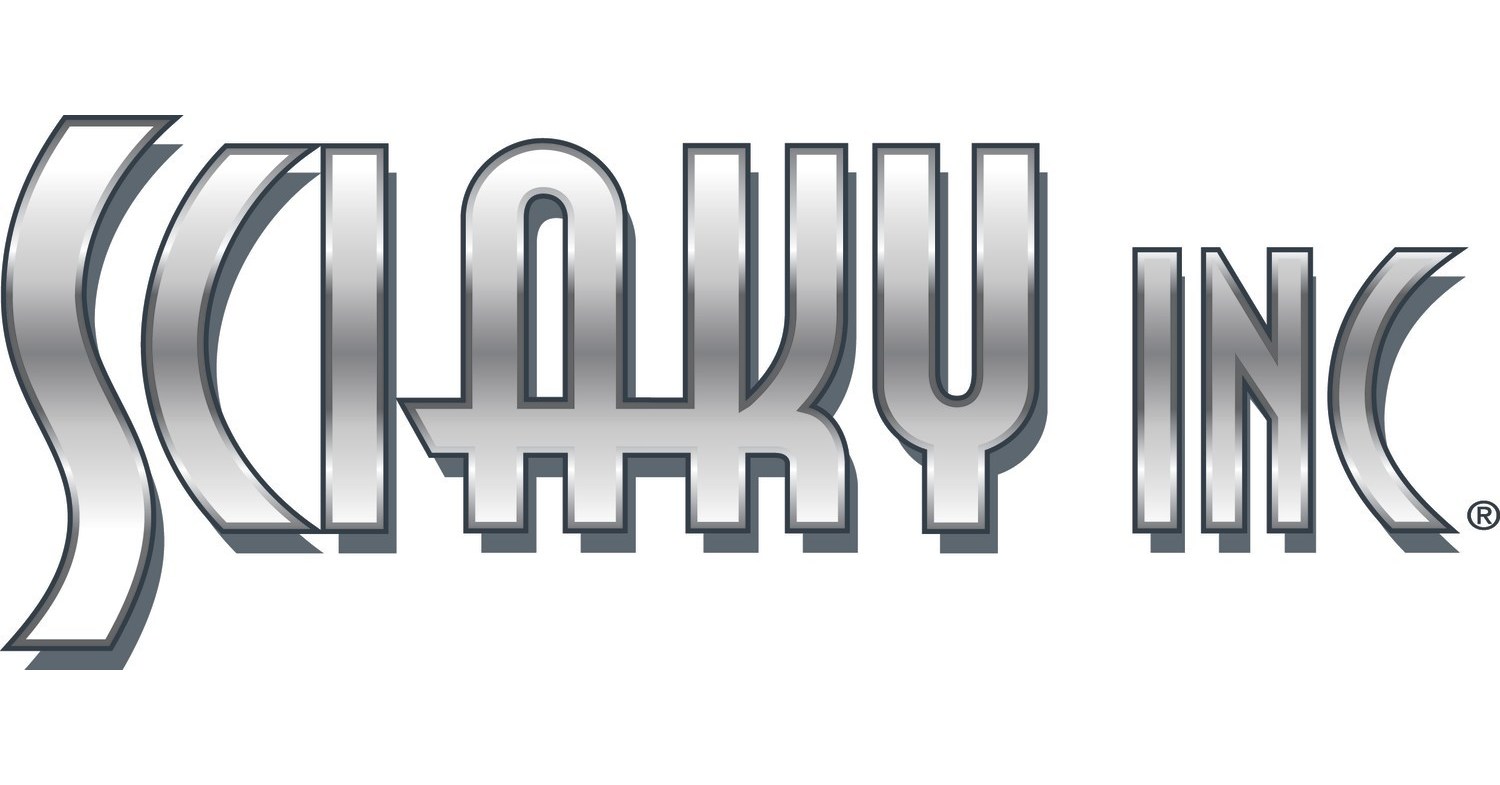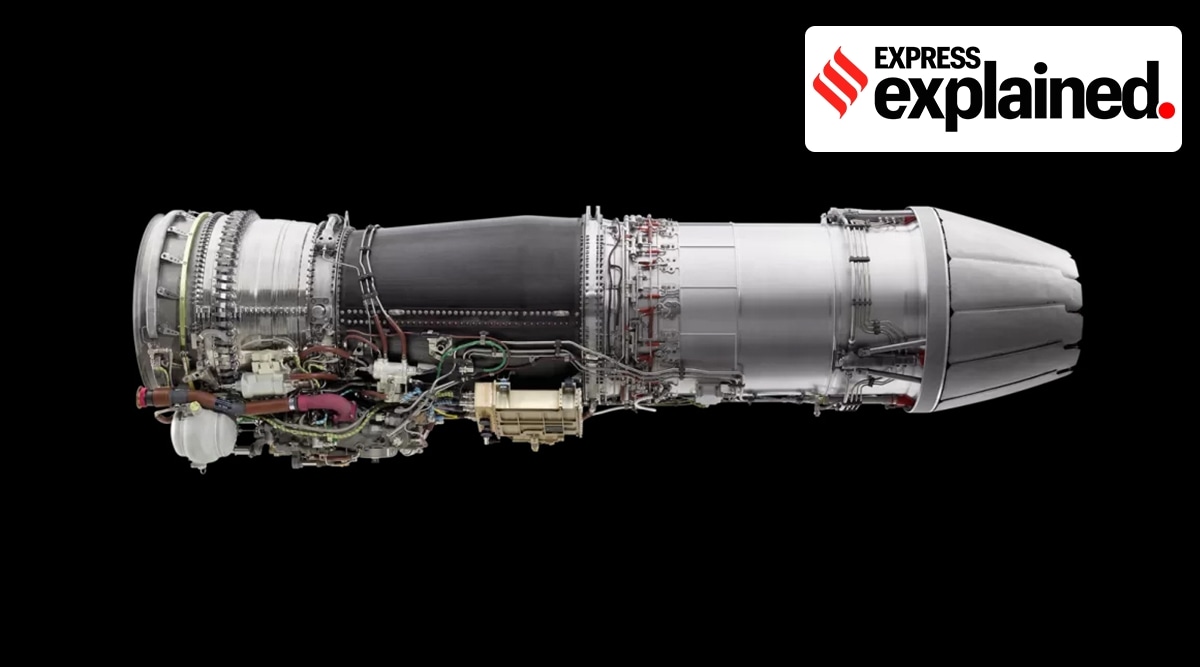So RIP to the DSI then.
Also that mid fuselage reminds me of Tejas. It's highly unlikely that we are seeing parts of AMCA here...
Yeah I agree, it looks more like a Tejas section. Channels are pretty close to each other.
Latest Thread
So RIP to the DSI then.
Also that mid fuselage reminds me of Tejas. It's highly unlikely that we are seeing parts of AMCA here...
I've seen a similar presentation image for MWF, and it seemed like major avionics components are shared between the two aircraft. Is that correct? If that's the case I also think TEDBF will also use same avionics as well.
Reading this article, I've got a question. It's mentioned that 2026 will be the roll-out schedule, though I wonder, what happened with the plan to build the NGTD? IIRC, wasn't it planned to build 2 NGTD aircrafts this year and by 2024? Also, is the bid for the private sector partnership still ongoing? Last time I've checked, which was a few years back, L&T was mentioned as one of the favored bidders. Are they still pursuing the idea of HAL-private sector partnership or did they scrap it?
DRDO approaches CCS for AMCA project approval
Prime Minister Narendra Modi has asked the DRDO to focus on core competence, avoid delays and cost overruns.www.hindustantimes.com
The Defence Research and Development Organization (DRDO) has approached the Cabinet Committee on Security (CCS), chaired by Prime Minister Narendra Modi, for approval of twin-engine advanced medium combat aircraft (AMCA) after the design of the fifth-generation stealth fighter has been frozen by the Aeronautical Development Authority. The first prototype of GE-414 powered AMCA is expected to roll out by 2026.
The DRDO’s decision to approach the CCS for funding comes at a time when PM Modi has asked the organization to focus on its core competence and avoid time-delays and cost-overruns. The LCA Tejas Mark II with GE-414 engine is expected to roll out next year after completion of air intake test certification in France in May-June this year. Since the air intake of Mark II is similar to Mark I, the DRDO is confident about bagging the certification and rolling out the first prototype by next year.
It is understood that the government has asked the DRDO to stick to project timelines and avoid delays in the name of first time development. While the India-US talks are going on for 100 per cent transfer of technology production of GE-414 engines in India, the DRDO has decided to power both the Mark II and AMCA with the same engine.
While the DRDO maintains that Tejas Mark I has a range of 3000 km with GE-404 engine, the small fighter made is international debut in Abu Dhabi airbase in February and was conspicuous by its absence in bilateral exercises in UK and Australia. “The aircraft is capable and can make long range journeys through refueling. But the decision on which aircraft to send for international exercises lies with the Indian Air Force,” said a DRDO senior official.
While the Narendra Modi government is committed to the Tejas program, it also wants to hold DRDO accountable for the fighter development as time is running out for the Indian Air Force with the rise of the Chinese air force and its armed drones. The DRDO must deliver on its timelines or else the IAF will be running short of squadrons in the next decade and force the government of the day to do emergency acquisitions for its air capabilities.
Taking this in account, the Modi government is also pursuing engine design, development, and joint production with France and also the possibility of manufacturing Rafale fighters in India for export to third countries. The US has also offered to shift its F-18 production line to India with an offer to acquire F-15 EX fighters.
Given the new Russia-China equation and changing geo-politics over Ukraine and Taiwan, India cannot afford to do business as usual as national institutions must work in synergy towards national interest and not in self-preservation.
Reading this article, I've got a question. It's mentioned that 2026 will be the roll-out schedule, though I wonder, what happened with the plan to build the NGTD? IIRC, wasn't it planned to build 2 NGTD aircrafts this year and by 2024? Also, is the bid for the private sector partnership still ongoing? Last time I've checked, which was a few years back, L&T was mentioned as one of the favored bidders. Are they still pursuing the idea of HAL-private sector partnership or did they scrap it?

If the induction of AMCA is being pushed to mid-2030s, the contract for MRFA with Rafale being the most feasible option should've been signed yesterday.The IAF is currently grappling with just 31 fighter squadrons when at least 42 are required to tackle China and Pakistan. The IAF induction plan includes 83 Tejas Mark-1A, 108 Tejas Mark-2, 114 multi-role fighter aircraft (to be manufactured in India with foreign collaboration) and finally 126 AMCA.
So that will mean that they'll skip the technology demonstration phase, including the technology demonstrator. I'd say its a reasonable choice, given project schedules. Better accelerate the actual program if they could.The full-scale engineering development case for the indigenous twin-engine advanced medium combat aircraft (AMCA), at a cost of around Rs 15,000 crore, will 'soon' be sent to the PM-led cabinet committee on security (CCS) for the final approval, sources told TOI on Thursday.

I don't think India would want to collaborate with other countries in fighter jet development given the bitter experience we had with FGFA (Su-57) and I'm sure these western firms will be reluctant to share critical tech or source codes. Not to mention, we don't really have a great defence relationship with Italy given some of their firms are facing corruption charges and were blacklistedThe second proposal from BAE Systems and Rolls-Royce is for India to join the Global Combat Air Project, where it intends to work with Italy and Japan to produce a 6th generation fighter jet.
According to this news piece the DRDO Chairman doesn’t have much confidence in Indian engineering prowess regarding the development of a high thrust military jet engine.
Kaveri is giving positive results in various tests. But a higher thrust version is seen to be too far ahead according to top brass responsible.
A country like India where technical know how in many fields is abound, I find it inexplicable that their technological capability of producing a high thrust military jet engine is not readily available. Especially when they have been developing an engine like Kaveri all along. I can understand and fully agree with the notion of forming a JV or technical alliance with a company like RR or Safran to save on time. But 20 years?
@Nilgiri your views will be appreciated.

What's the largest forging press in India? Has there been any consideration of 3D printing the bulkheads? TAI is using Sciaky Electron Beam printers to make the titanium bulkheads. It should be sufficient to reach the required mechanical specs for the material.

Sciaky, Inc. to Deliver World's Largest Metal Electron Beam DED 3D Printer, a Customized EBAM® 300 Series Additive Manufacturing System, to Turkish Aerospace Industries (TAI)
/PRNewswire/ -- Sciaky, Inc., a subsidiary of Phillips Service Industries, Inc. (PSI) and leading supplier of industrial metal 3D printing solutions, announced...www.prnewswire.com
@Nilgiri
I am interested to see what happens with the 2 different engine deals lined up for use in AMCA Mk1 and Mk2.
The GE F414 deal was one where it was reported that GOI would not release funds awarded to Tejas Mk2 project unless India secured a deal witth100% TOT for its production in India. I did read through the GE press release issued while Modi was in the US. I saw no mention of technology being transferred. I hope that the retention of funds for Tejas Mk2 development by GOI (resulting in more delay for the programme) does not also apply to AMCA.
Regarding the SAFRAN engine co-development deal, I wonder if GOI will be prepared to accept the price (lots of billions of dollars, I think).

